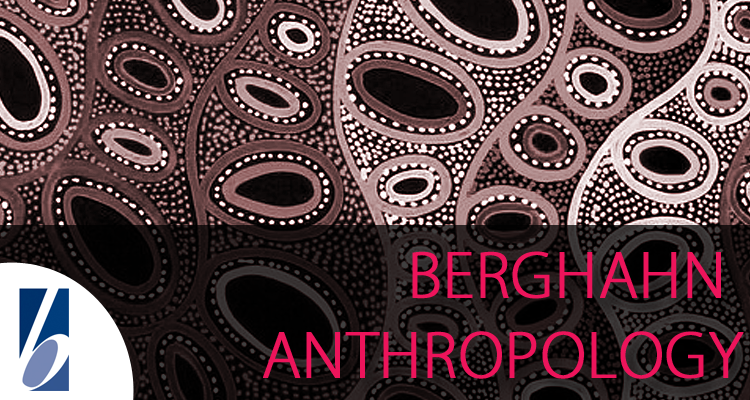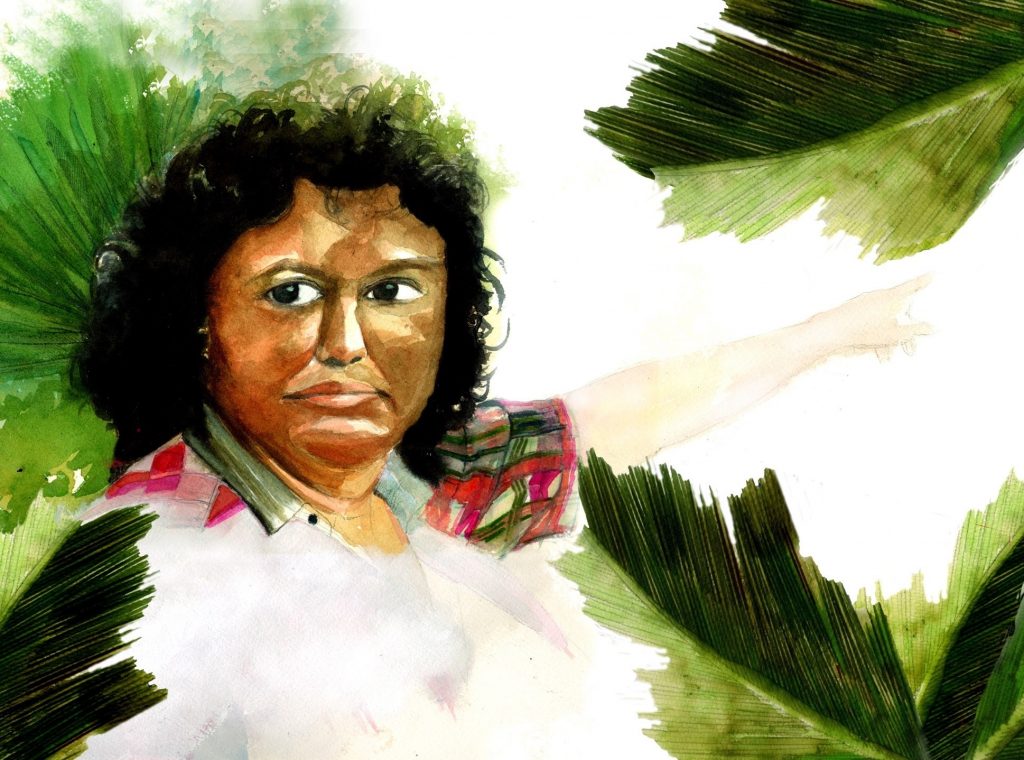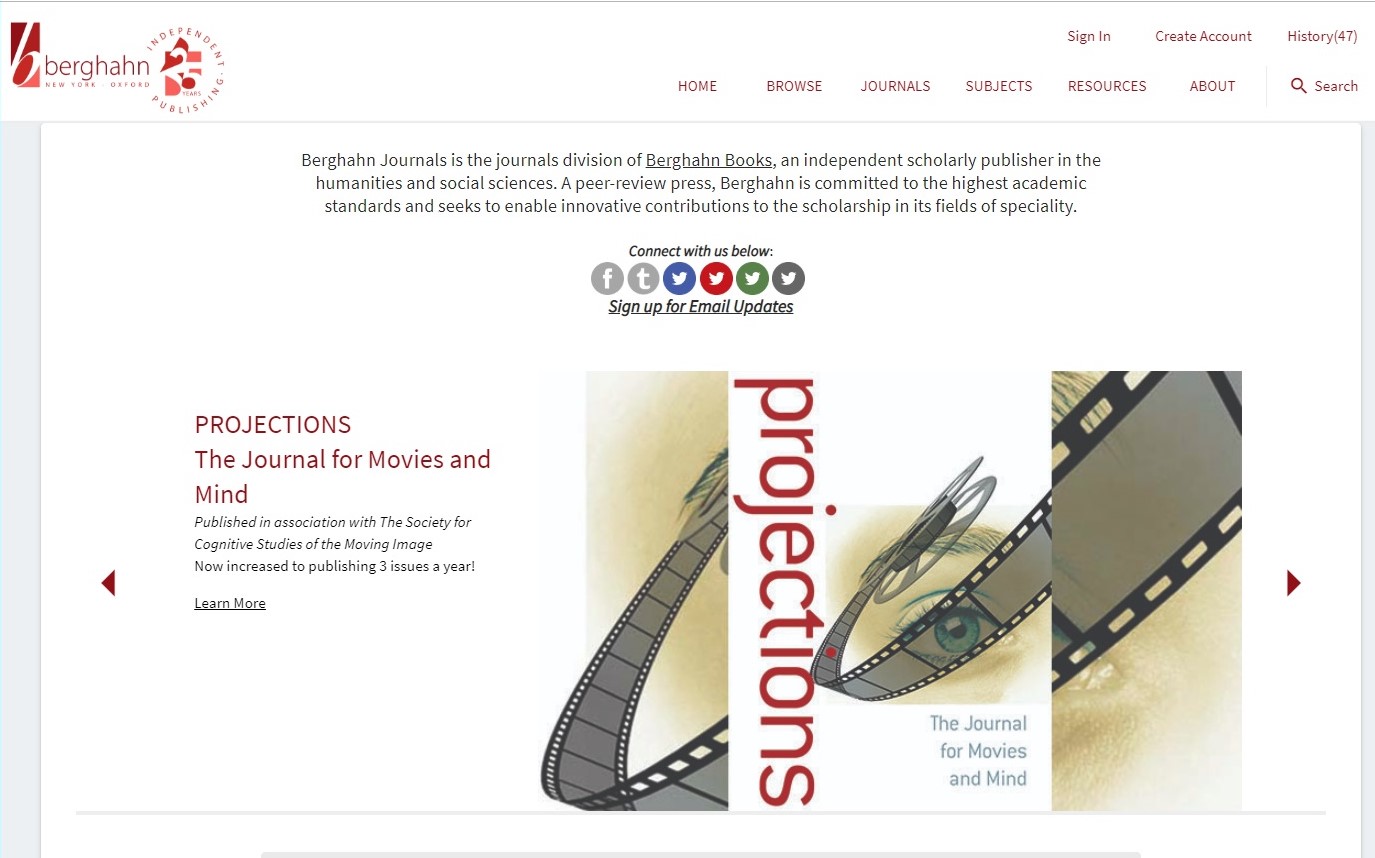Pardis Shafafi (CNRS Paris and Designit) and Samira Marty (Binghamton University) are our incoming editors of Anthropology in Action.
Samira Marty and Pardis Shafafi are anthropologists who bring a wealth of practitioner and applied experiences to the journal. They believe in the public and discourse shaping potential of anthropological thought and in experimenting and developing ethnographic methodologies in urgent and contemporary environments. Their themes and approaches of interest speak to these experiences, with Marty conducting long-term fieldwork between Central America and Germany and Shafafi engaged with non-state armed groups from Iran, both focussing on political violence and grassroots movements and all the contradictions and promises contained therein.
Dr. Pardis Shafafi, French National Centre
for Scientific Research, France
Dr. Samira Marty, Binghamton University, US
What made you interested in the role of co-editors of Anthropology in Action?
Pardis Shafafi: Primarily, I’ve been looking for a way to collaborate with Samira in a formalised setting and this seemed like the perfect forum. Aside from this, while I’ve published and edited in different contexts, academic journals represent a new challenge and, to be honest, an area I have often wanted to shape and evolve. As an editor, I’m able to participate in a process that is often skewed in favour of certain kinds of academics and journals themselves. It’s exciting to be in a position to encourage more inclusive and non-traditional perspectives, and in a collaborative vein.
What unique perspectives do you both bring to the journal as new editors?
Samira Marty: As social and political anthropologists, Pardis and I bring a wealth of practitioner and applied experiences to the journal. My work is informed by long-term fieldwork between Central America and Germany, where I focus on the complex dynamics of political violence and transnational solidarity from a grassroots perspective. These experiences have profoundly impacted my approach to anthropology, and I believe in the power of ethnographic methodologies to address urgent and contemporary issues. I’m also strongly committed to bringing insights outside of institutional anthropology back to the table—mostly because I’ve worked in fields I’ve been active in, such as food, journalism, policy advisory, emerging tech, and special education.

Pardis Shafafi: In my current role as an anthropology practitioner in design, I’m focused on analysing societal changes and how they impact our social relations and global perspectives. Much of my work is centred on emerging technologies, where I teach and train critical thinking, ethical practices and rigorous research as an antidote to unintended harms which may arise in these fields. Although not immediately obvious, my research interests lie in grassroots political movements, state violence and collective trauma-work to inform each other, at macro and micro levels. These layers of complexity and their manifestation in the everyday inspire much of my work. Like Samira, I am driven by a belief in a more public-facing anthropology and our combined experiences inform our commitment to exploring and developing ethnographic methods that are both innovative and responsive to the challenges of our time- whether in the field of AI in healthcare, or organising political movements in the diaspora.
What is your vision for the journal during your tenure?
Samira Marty: Our vision is to feature cutting-edge and thought-provoking scholarship that errs on the side of creative, critical, and daring. We really strive to push the boundaries of the more conventional academic discourse in AiA. That’s why we’re especially welcoming contributions that explore emerging and timely topics that are often neglected in scholarly discourse, such as the entangled lives we lead with advancing technologies, the public discourses surrounding genocide, or the application of design thinking for systems change, to name a few. Whether it’s exploring the everyday life implications, or the macro-structural junctures that drive societal change, we want the journal to be a platform for scholarship that is as ambitious and daring as the subjects it tackles.
How do you see the role of ‘applied’ anthropology in the journal’s future?

Pardis Shafafi: We take the term ‘applied’ in the journal title very seriously. For us, applied anthropology is not just about practical application but also about deeply engaging with the core issues that define contemporary life. We are particularly interested in how anthropology can contribute to shaping ideal futures, both through scholarly work and real-world applications. We both have drawn these connections in our professional lives, as we’ve touched upon earlier, and are keen to develop this area in the wider anthropology realm.
What kinds of submissions are you particularly looking for?
Samira Marty: We want to see work that challenges what is traditionally considered the “canon” of anthropological scholarship. We strongly invite submissions from non-traditional anthropologists who explore the intersections of anthropology across disciplines and consider the broader implications of anthropological research for society at large. To facilitate this dialogue, we continue to publish shorter formats and have updated our guidelines for the submission section on the journal’s homepage. All in all, we’re interested in contributions that are deeply engaged with the world around us and not only analyze the world as it is but also imagine what it could be.
What significant developments do you see in anthropology, and which topics will be especially pertinent today and in the near future?
Pardis Shafafi: What I observe from my tenure in the applied field is that there is a disconnect between immersive design and technology research, which focuses on specific modes of knowledge production within these fields, yet the profound global impact they have on our lives. This disconnect happens both within and between these industries – and, what is more, it has remained a blackbox in anthropological interrogations. I regret this, as the impact of emerging technologies on our lives extends far beyond the defining products and services, leaving substantial imprints on social relations and political values.
Samira Marty: Those who hold the finger on the pulse of anthropological inquiry know how to differentiate between intrinsic and “trendy” research interests, which often reflect those of larger funding bodies. As co-editors, we’re dedicated to showcasing critical thinkers whose work may be underrepresented in journals that predominantly feature established scholars and prestigious grant recipients. Leading journals such as Anthropology in Action provide a pivotal platform for these emerging voices, and we’re so excited to take this challenge on.
Learn more about how to submit to Anthropology in Action here.
AIA is a part of the Berghahn Open Anthro-Subscribe-to-Open initiative.









